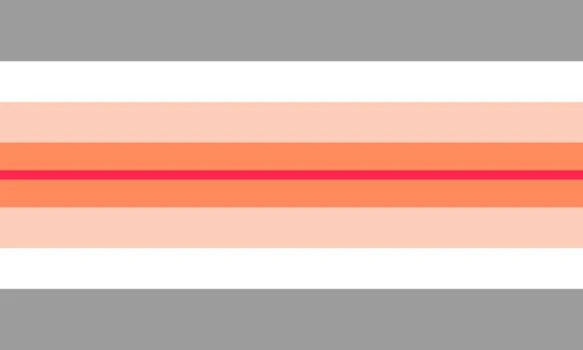Paragender Identities

Table of Content
Paragender is a non binary gender alignment where a person feels mostly connected with a specific gender identity, but not entirely that gender. How that majority gender outweighs the minority gender varies. Someone who is paragender might feel alignment with just two or many genders.
Terminology
Here are some terms to help increase understanding of paragender identities.
Paragender Identities
Paragender identities are a subset of non-binary identities that include people who are mostly but not fully aligned with a single gender. For example, a para boy mostly feels male or masculine. A para girl mostly feels female or feminine.
Genderqueer
Describes an identity where someone does not align with the traditional male or female. May also be used as a personal or political statement indicated rebellion against gender norms.
Non-Binary
an umbrella term for gender identities out side of the male/female binary.
Agender
Somebody who does not resonate with a specific gender or with any gender at all.
Gender Fluid
Describes somebody whose gender changes or shifts over time between different genders.
Demigender
An identity with a partial connection to a specific gender without fully identifying as that gender. This includes demiboy or demi girl.
Gender Spectrum
Defines gender as a construct beyond male or female binaries that includes a range of identities.
Bigender
An individual who identifies as two genders at once or at different times.
Transgender
Someone who has a different gender identity than what they were assigned at birth.
Cisgender
Somebody who identifies with the gender and sex they were assigned at birth.
Neutrois
Another non-binary identity that means to be neutral or null in gender.
Gender Dysphoria
Feelings of distress that are felt by people who do not align with the sex they were assigned at birth.
History
The concept of paragender identities emerged in 2010s through gender discussions relating to the LGBTQIA+ and nonbinary communities. These discussions happened online via platforms like Tumblr as well as offline in both academic and activist circles.
Paragender identities refer to situations in which one’s gender is not quite another gender, but has significant traits that cause one to largely align with that identity. It is generally understood that paragender people feel as if they are slightly another gender. People often describe this as having one’s total gender consist of a majority gender along with slightly another gender.
The totality of a person’s paragender identities may include their given gender at birth. They may also be made of entirely an entirely different identity. One’s gender is something that is self-defined.
Flags And Symbols For Paragender Identities
Here are some flags that resonate with people who have paragender identities.
Paragender Flag

The paragender flag has green stripes to represent non-binary genders. The yellow stripes are for people with a partial gender, and white stripes representing all genders. The green surrounds the yellow because they are close on the color wheel which represents one identity being near another.

Para boy is one of the paragender identities. This represents folks who feel mostly but not fully male or masculine. It is similar to demi boy, but not quite the same.

Para girl is another of the paragender identities. Someone with this identity feels female or feminine in multiple ways, but also experiences a coinciding gender as part of their identity.
Am I Paragender?
If you have questions about your identity, that doesn’t mean that you’re confused. Many people spend time exploring what their gender means to them. Here are some questions to ask if you want to know if one of the paragender identities best describes you:
- Does the term paragender identities resonate with me?
- How do I feel about the gender I was assigned?
- Do I connect with more than one identity?
- Is my identity fluid between two or even multiple gender identities?
- Would I describe my gender as having components of different identities?
- Do I feel boxed in by social expectations on identity?
- When I think of paragender identities, do any of those connect with me more than a single identity?
- If I had to self-describe, would paragender identities feel right to me?
How to Support Someone Who is Paragender
When a loved one tells you that their identity is one of the paragender identities, they have trusted you with intimate information about who they are. You can support them in a few different ways.
- Learn About Paragender Identities
There’s not a lot of information about paragender identities as this is a new identity within the nonbinary category. Still, there are informational pages like this wiki, and blogs dedicated to this topic.
- Listen to Them And Validate Their Experiences
People with paragender identities don’t necessarily have the same experiences or views on identity. Don’t make assumptions or attempt to assign attributes to your loved one, even those that are commonly reported by others. Instead, give them space to choose an identity that works for them and articulate that identity.
- Use Inclusive Terminology
People with paragender identities may keep the name and pronouns they were given or choose their own. Respect their choices in this. Additionally, choose general non gendered language whenever possible.
- Respect Their Boundaries
Those with paragender identities deserve to have their boundaries honored and respected. Don’t ask intrusive questions or expect your loved one to educate you about paragender identities.
- Advocate For Inclusivity of Paragender Identities
Finally show support for policies and behaviors that affirm and include people with paragender identities.
Share this post:
What do you think?



